- Gallery non-profit
- Exhibition space
- Art Association
- Cultural Center
- Library
Mon, Tue, Wed, Thu, Fri 10:00-18:00
Sat 12:00-16:00
Wed until 22:00
Sundays and public holidays closed
Hashtags: #rotorgraz
- stairs at the entrance
- assistance available if needed
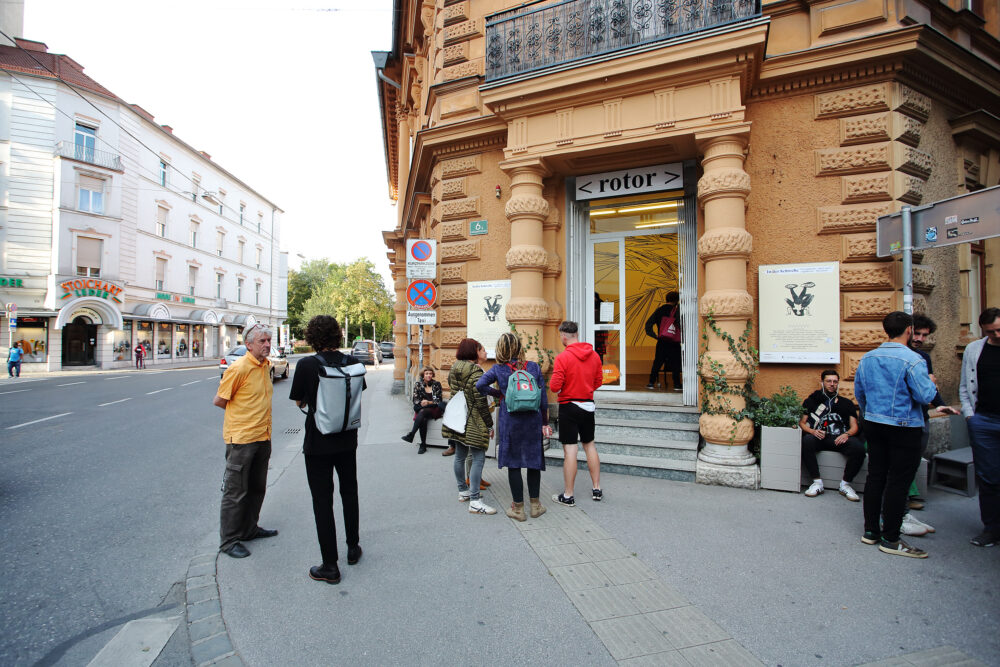
Vor dem < rotor > bei der Eröffnung der Ausstellung “In der Schwebe”, 2020; Foto: Max Wegscheidler
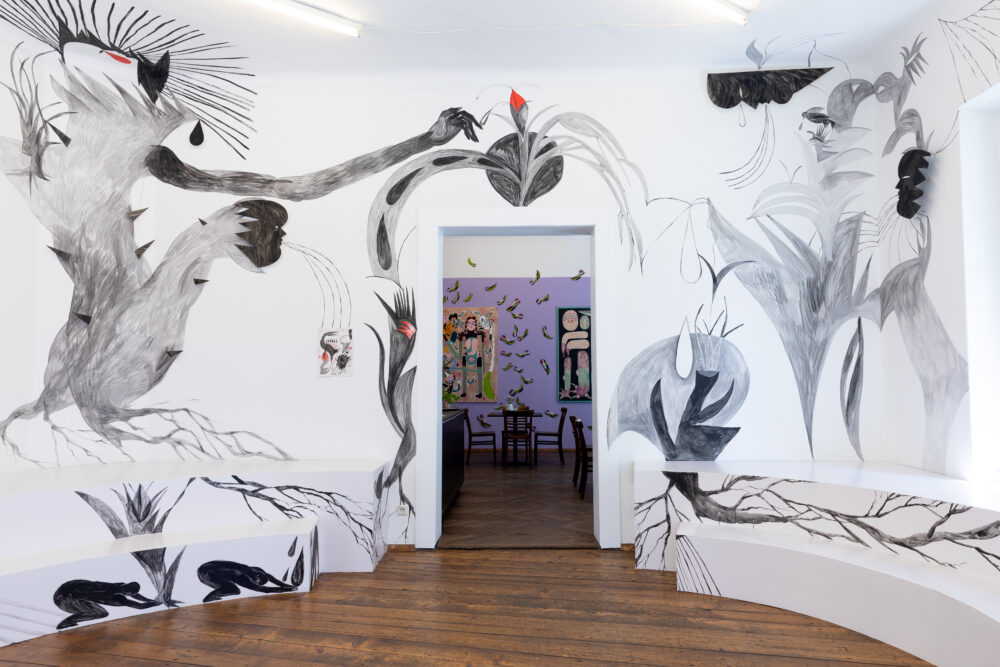
Margo Sarkisova, “Die dunkelste Nacht im Garten”, 2022; im Hintergrund: Sophia Süßmilch, “Der kleine Mann und das göttliche Chaos”, 2022; Ausstellung “Wesen & Kreaturen. Kapitel 2”, 2022; Foto: Thomas Raggam
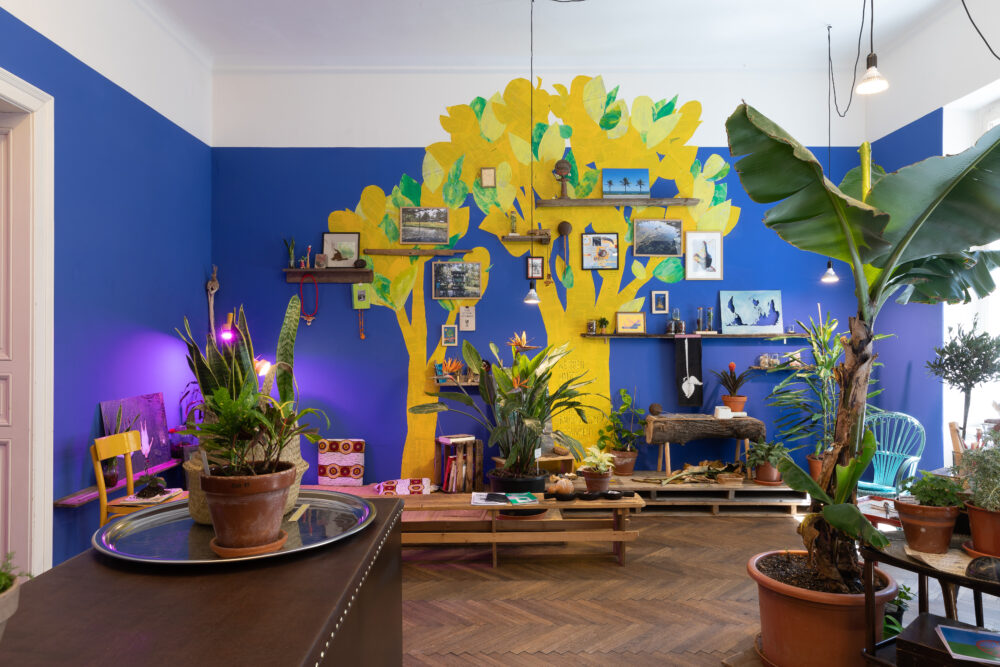
Daniela Brasil u.a., „Studienkabinett der Prof.in Ọgẹdẹ Ewé Ekọ“, 2021; Ausstellung “Die Schule des Wir”, 2021; Foto: Thomas Raggam
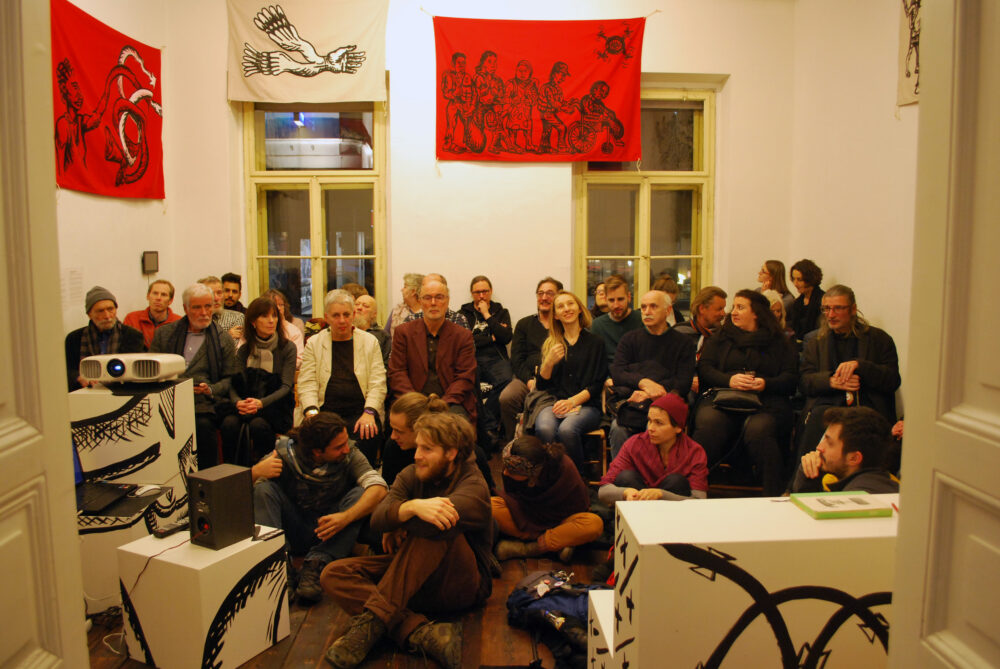
Filmscreening von Heinz Trenczak im Raum von Rena Rädle & Vladan Jeremić, “Fragile Presence / Aktionsraum “, 2016-2018; Ausstellung “Guerilla der Aufklärung”, 2019; Foto: < rotor >
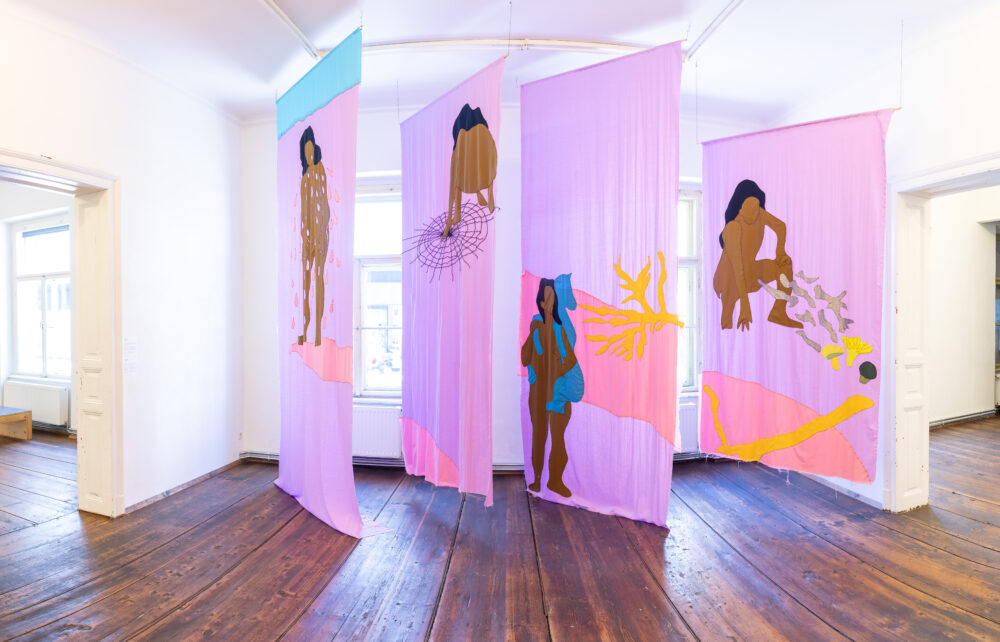
Sophie Utikal, “Coextisting”, 2018; Ausstellung “Guerilla der Aufklärung”, 2019; Foto: Thomas Raggam
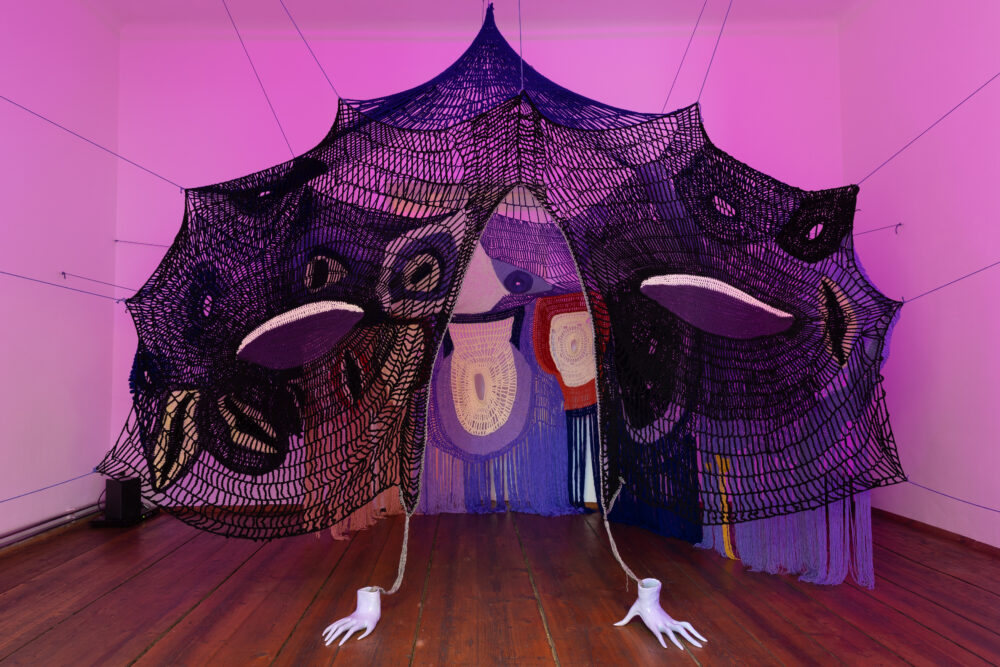
Marie Tučková, „Episode One: Bunny’s Departure“, 2018; Ausstellung „Wesen & Kreaturen. Kapitel 3“, 2022-2023; Foto: Thomas Raggam
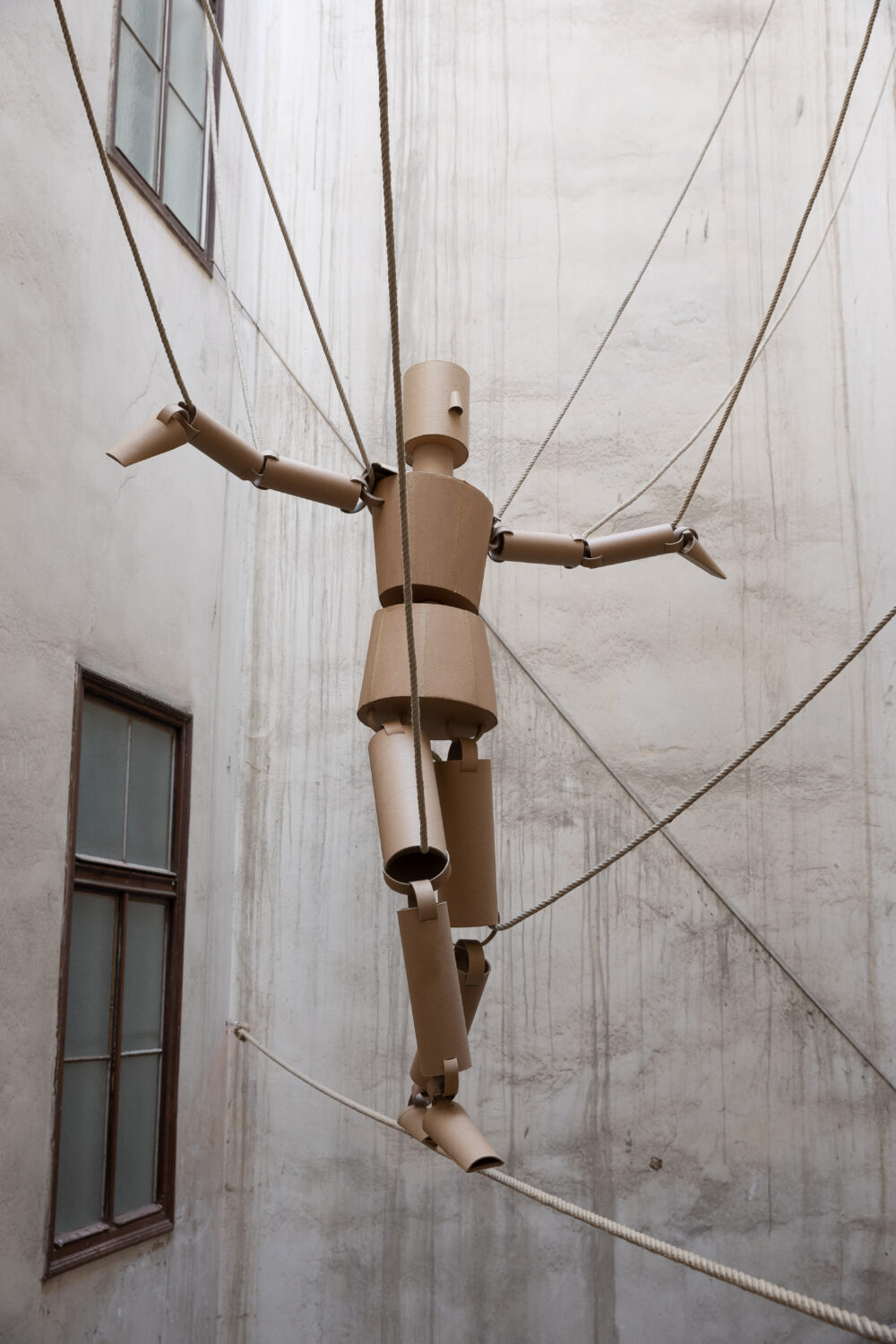
Maria Schneider, “nr. 544”, 2020; Ausstellung “In der Schwebe”, 2020; Foto: Thomas Raggam
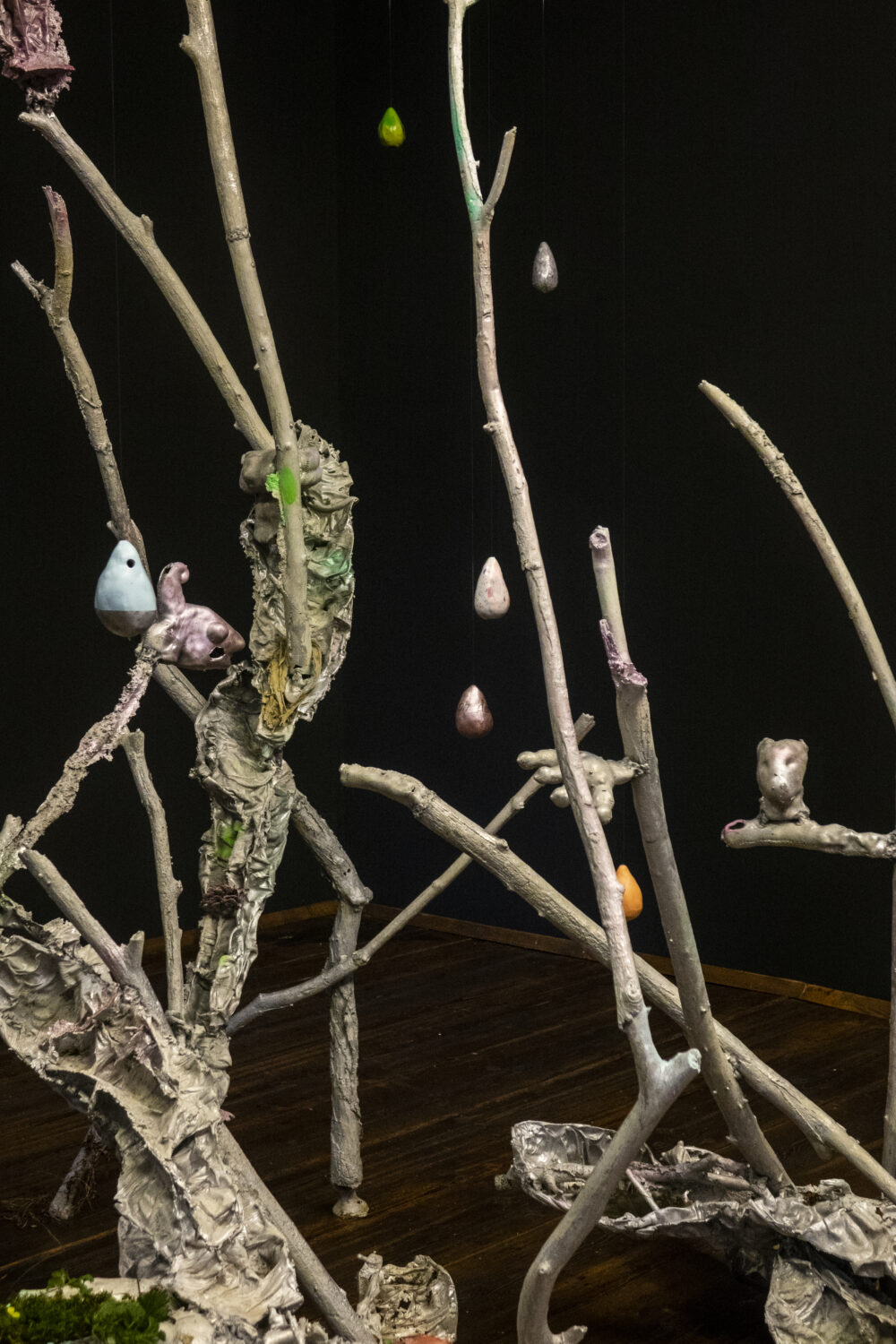
Nana Mandl & Karl Karner, „Schlammbrunnen mit Tränen“, 2022; Ausstellung „Wesen & Kreaturen. Kapitel 3“, 2022-2023; Foto: Nana Mandl
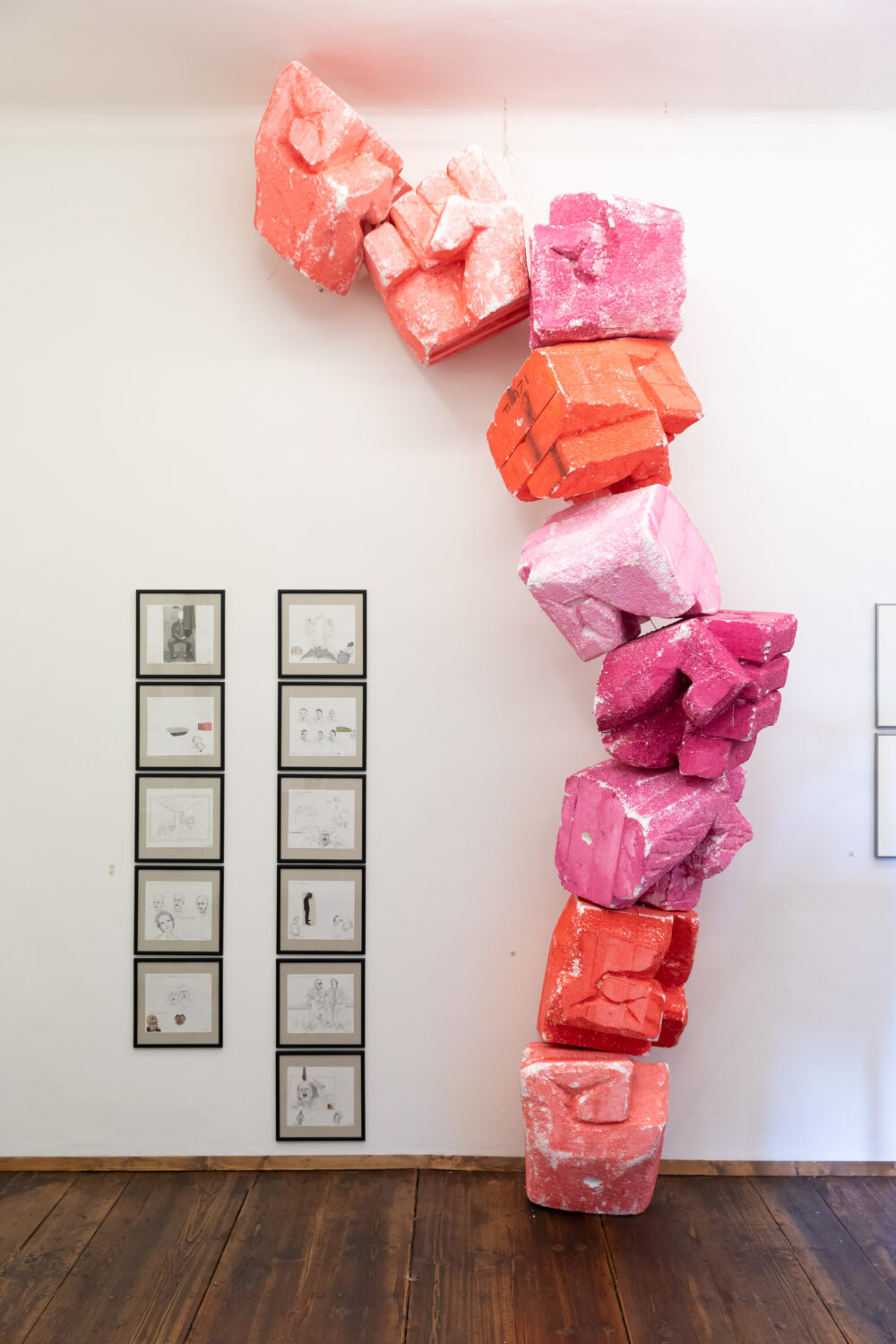
Damien Le Bas, „Romani Embassy“, 2017; Ausstellung „Scharfstellen_1“, 2017; Foto: Thomas Raggam
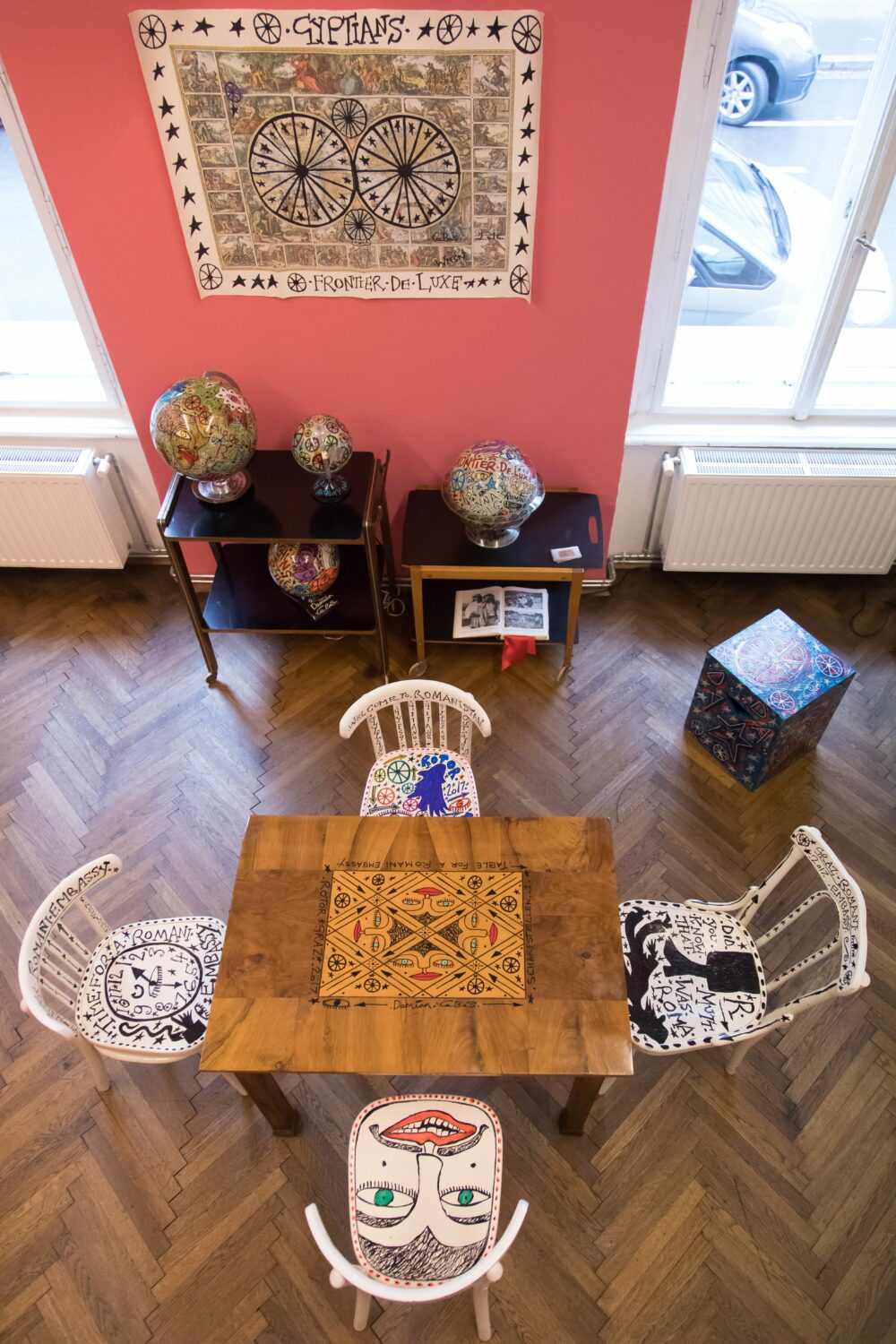
Links: Ingo Abeska, Zeichnungen aus 2 Heften, 2013-2014; Rechts: Paul Lässer, „Fäuste“, 2018; Ausstellung „Alphabet des anarchistischen Amateurs“, 2019; Foto: Thomas Raggam
< rotor >
Centre for Contemporary Art
< rotor > is a center for contemporary art located in Graz, Austria. We communicate contemporary art to a broad public, focusing on artistic works that explicitly deal with the social, political, ecological and economic questions of the present day.
Promoting cooperation and networked action are essential elements of the < rotor > philosophy. This concerns networking efforts within the art field but also means acting beyond the boundaries of art by involving people and organisations from different backgrounds in the programming.
The search for satisfactory methods of collaboration and possibilities of participation in artistic processes for the public in general or for specific target audiences is another main focus.
For < rotor >, the public space is an important setting to make art happen. Leaving the boundaries of the art space is used to actively bring people into contact with art and thus to expand the audience.